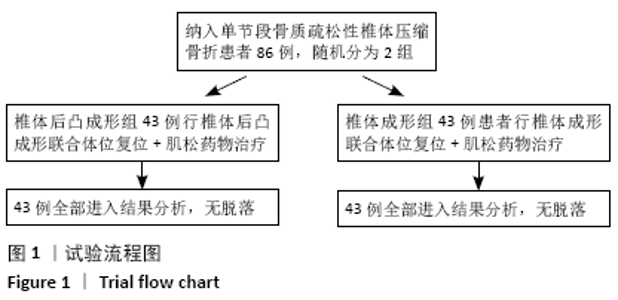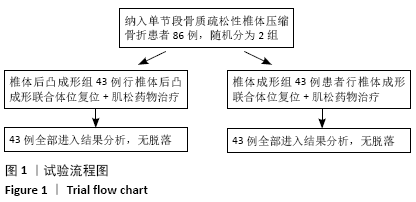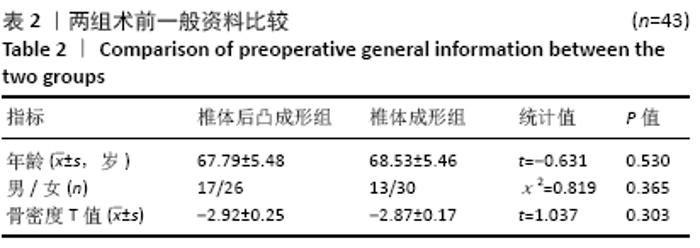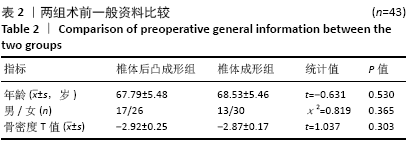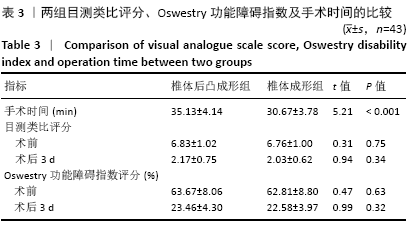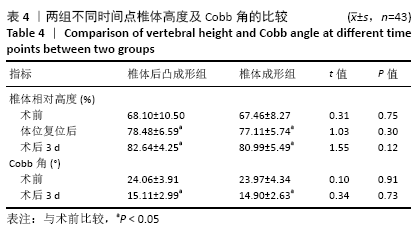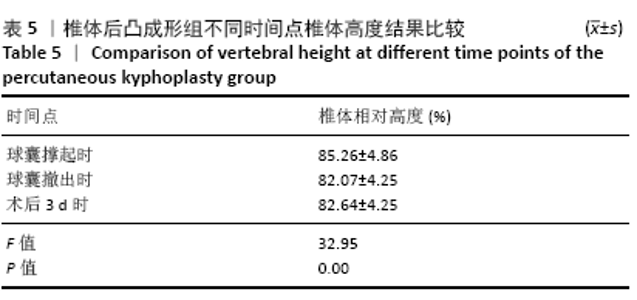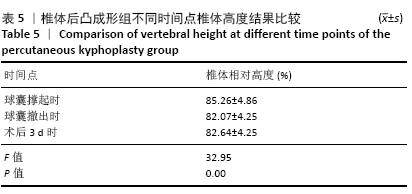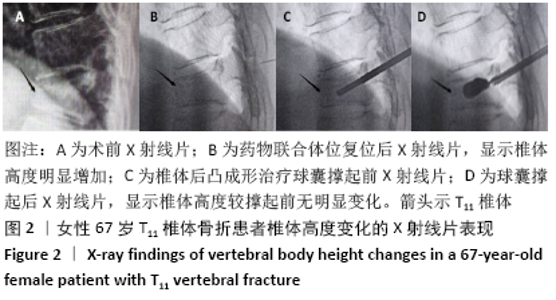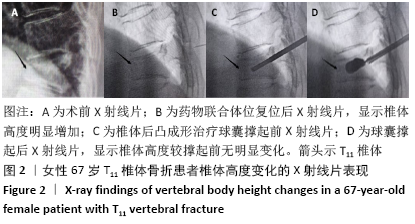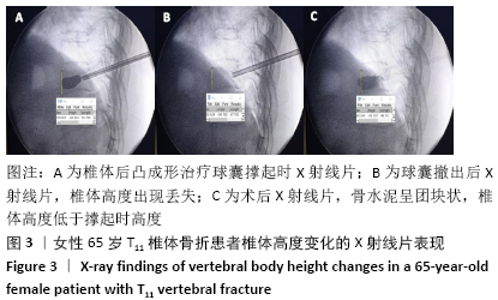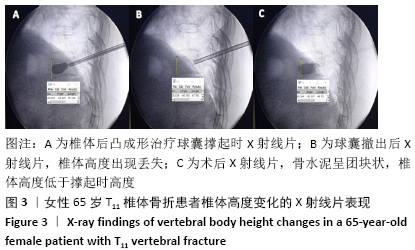[1] 王复案,陈允震.骨质疏松性椎体压缩性骨折诊疗现状及其对策[J].中国骨质疏松杂志,2019,25(5):590-594,599.
[2] CHANDRA RV, MAINGARD J, ASADI H, et al. Vertebroplasty and Kyphoplasty for Osteoporotic Vertebral Fractures:What Are the Latest Data? AJNR Am J Neuroradiol. 2018;39:798-806.
[3] WANG F, WANG LF, MIAO DC, et al. Which one is more effective for the treatment of very severe osteoporotic vertebral compression fractures: PVP or PKP? J Pain Res. 2018;11:2625-2631.
[4] ATEŞ A, GEMALMAZ HC, DEVECI MA, et al. Comparison of effectiveness of kyphoplasty and vertebroplasty in patients with osteoporotic vertebra fractures. Acta Orthop Traumatol Turc. 2016;50:619-622.
[5] CHENG J, MUHEREMU A, ZENG X, et al. Percutaneous vertebroplasty vs balloon kyphoplasty in the treatment of newly onset osteoporotic vertebral compression fractures: A retrospective cohort study. Medicine (Baltimore). 2019;98:e14793.
[6] LANGNER S. Vertebroplasty and kyphoplasty : A critical statement.Radiologe. 2020;60:138-143.
[7] ZHU Y, CHENG J, YIN J, et al. Therapeutic effect of kyphoplasty and balloon vertebroplasty on osteoporotic vertebral compression fracture: A systematic review and meta-analysis of randomized controlled trials. Medicine (Baltimore). 2019;98:e17810.
[8] ZHANG Y, SHI L, TANG P. Comparison of the Efficacy Between Two Micro-Operative Therapies of Old Patients With Osteoporotic Vertebral Compression Fracture: A Network Meta-Analysis. J Cell Biochem. 2017; 118:3205-3212.
[9] ZHAO G, LIU X. Balloon kyphoplasty versus percutaneous vertebroplasty for treatment of osteoporotic vertebral compression fractures (OVCFs). Osteoporos Int. 2016;27:2823-2834.
[10] EVANS AJ, KIP KE, BRINJIKJI W, et al. Randomized controlled trial of vertebroplasty versus kyphoplasty in the treatment of vertebral compression fractures. J Neurointerv Surg. 2016;8:756-763.
[11] 马俊.经皮椎体后凸成形术与经皮椎体成形术治疗骨质疏松椎体压缩骨折的疗效比较[J].中国矫形外科杂志,2017,25(6):571-573.
[12] ZHU RS, KAN SL, NING GZ, et al. Which is the best treatment of osteoporotic vertebral compression fractures: balloon kyphoplasty, percutaneous vertebroplasty, or non-surgical treatment? A Bayesian network meta-analysis. Osteoporos Int. 2019;30:287-298.
[13] WANG CH, MA JZ, ZHANG CC, et al. Comparison of high-viscosity cement vertebroplasty and balloon kyphoplasty for the treatment of osteoporotic vertebral compression fractures. Pain Physician. 2015;18(2):187-194.
[14] FELTES C, FOUNTAS KN, MACHINIS T, et al. Immediate and early postoperative pain relief after kyphoplasty without significant restoration of vertebral body height in acute osteoporotic vertebral fractures. Neurosurg Focus. 2005;18:e5.
[15] HU KZ, CHEN SC. Comparison of percutaneous balloon dilation kyphoplasty and percutaneous vertebroplasty in treatment for thoracolumbar vertebral compression fractures. Eur Rev Med Pharmacol Sci. 2018;22:96-102.
[16] LIU JT, LIAO WJ, TAN WC, et al. Balloon kyphoplasty versus vertebroplasty for treatment of osteoporotic vertebral compression fracture: a prospective, comparative, and randomized clinical study. Osteoporos Int. 2010;21:359-364.
[17] LI YX, GUO DQ, ZHANG SC, et al. Risk factor analysis for re-collapse of cemented vertebrae after percutaneous vertebroplasty (PVP) or percutaneous kyphoplasty (PKP). Int Orthop. 2018;42:2131-2139.
[18] KIM MJ, LINDSEY DP, HANNIBAL M. Vertebroplasty versus kyphoplasty: biomechanical behavior under repetitive loading conditions. Spine (Phila Pa 1976). 2006;31:2079-2084.
[19] WINKELMANN M, MAVROPOULOS T, DECKER S, et al. Radiological and Clinical Outcomes of Balloon Kyphoplasty versus Radiofrequency Kyphoplasty in the Treatment of Vertebral Compression Fractures. Asian Spine J. 2018;12:862-869.
[20] MOONEY JH, AMBURGY J, SELF M, et al. Vertebral height restoration following kyphoplasty. J Spine Surg. 2019;5:194-200.
[21] 付国勇,耿晓鹏,王霞,等.骨填充网袋与球囊椎体后凸成形修复骨质疏松性椎体压缩性骨折[J].中国组织工程研究,2016,20(52): 7858-7864.
|
